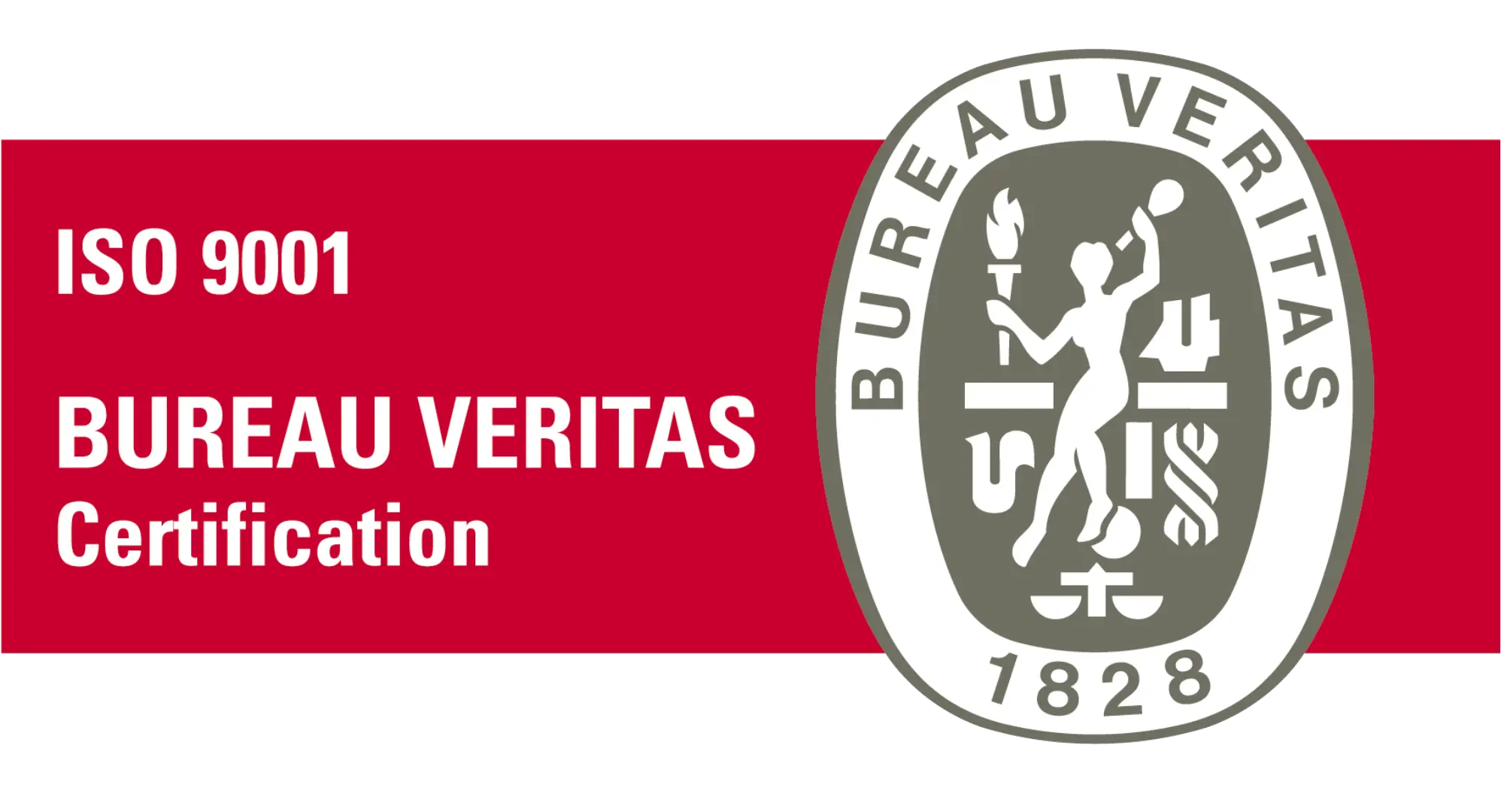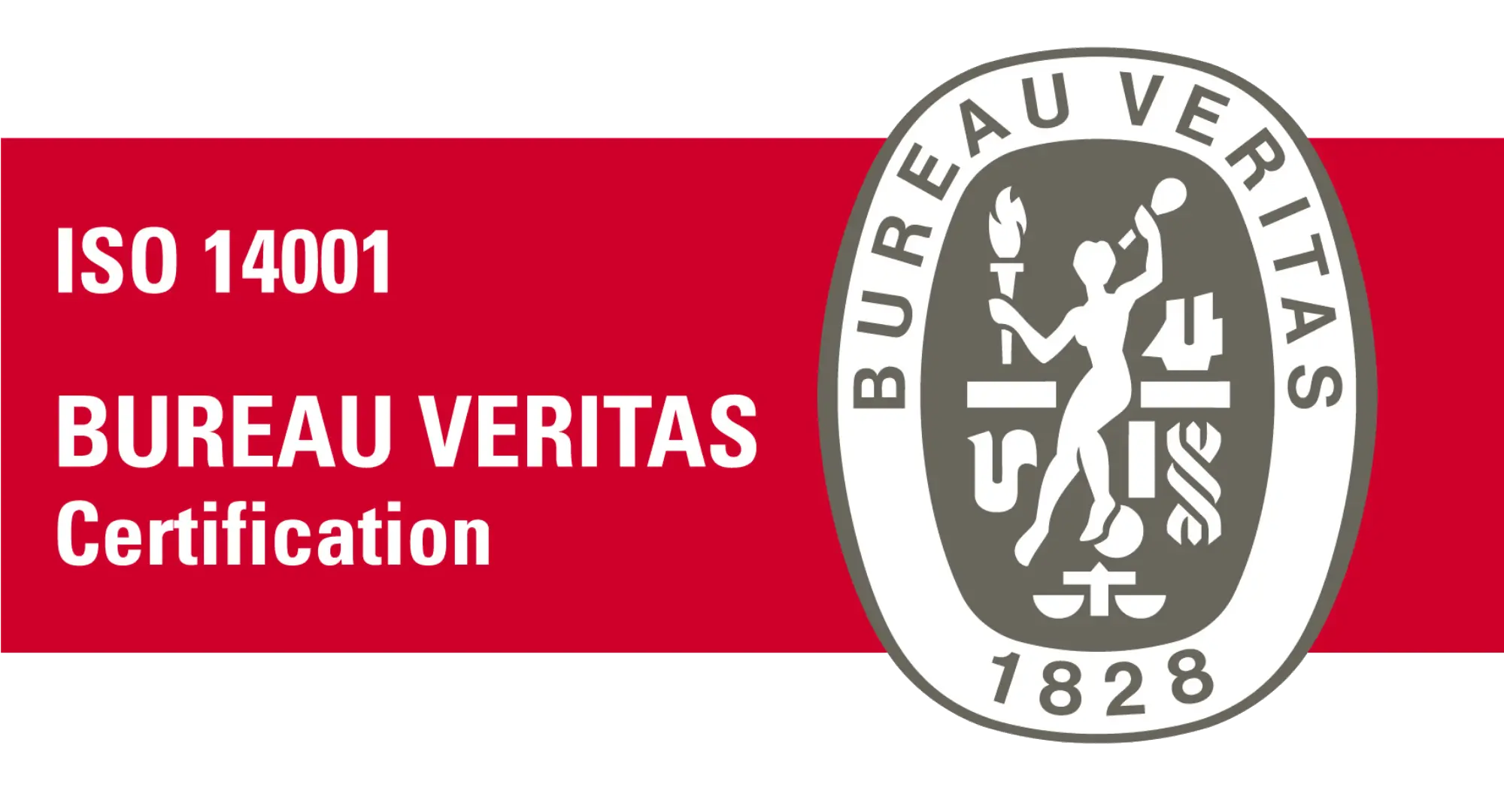When storing food in the freezer, it is important to ensure that the food has adequately cooled before freezing. Do not place hot food directly into the freezer or let it sit at room temperature. Experts refer to this zone as the temperature danger zone and it is between 4.4ºC and 60ºC. When defrosting meat, poultry, seafood and even ice cream, it is important to make sure the temperature is below this zone, as bacteria will grow rapidly once it has thawed.
You must refrigerate frozen food to prevent the growth of the microorganism. It is also important to avoid unloading food at room temperature, as the outside will remain frozen, allowing bacteria to multiply. When thawing a piece of meat, for example, it is safer to eat it immediately. Otherwise, the meat will develop a scolymous film and you will be eating a toxic piece of meat.
To ensure that food remains as fresh as possible, it is important to thaw food carefully. Most of the changes that take place during thawing are caused by the freezing and storage processes. The liquid will be absorbed back into the food in a slow and gradual process. However, if the food has a high moisture content, it is a good idea to re-attach at a rapid rate so that the moisture content is reduced.
If you are in doubt about whether something is safe to refrain or not, it is important to read the label and follow the instructions carefully. If the product is not considered safe to eat, it should be thrown away. It is best to throw it away.
There are some exceptions to this rule. If a food has no moisture, defrosting should be done in the refrigerator. If these means are not available, you can defrost the food at room temperature. But you should avoid the cause of raw meat at room temperature. You are risking food full of bacteria. Instead, have it thawed first in the refrigerator and then serve.










